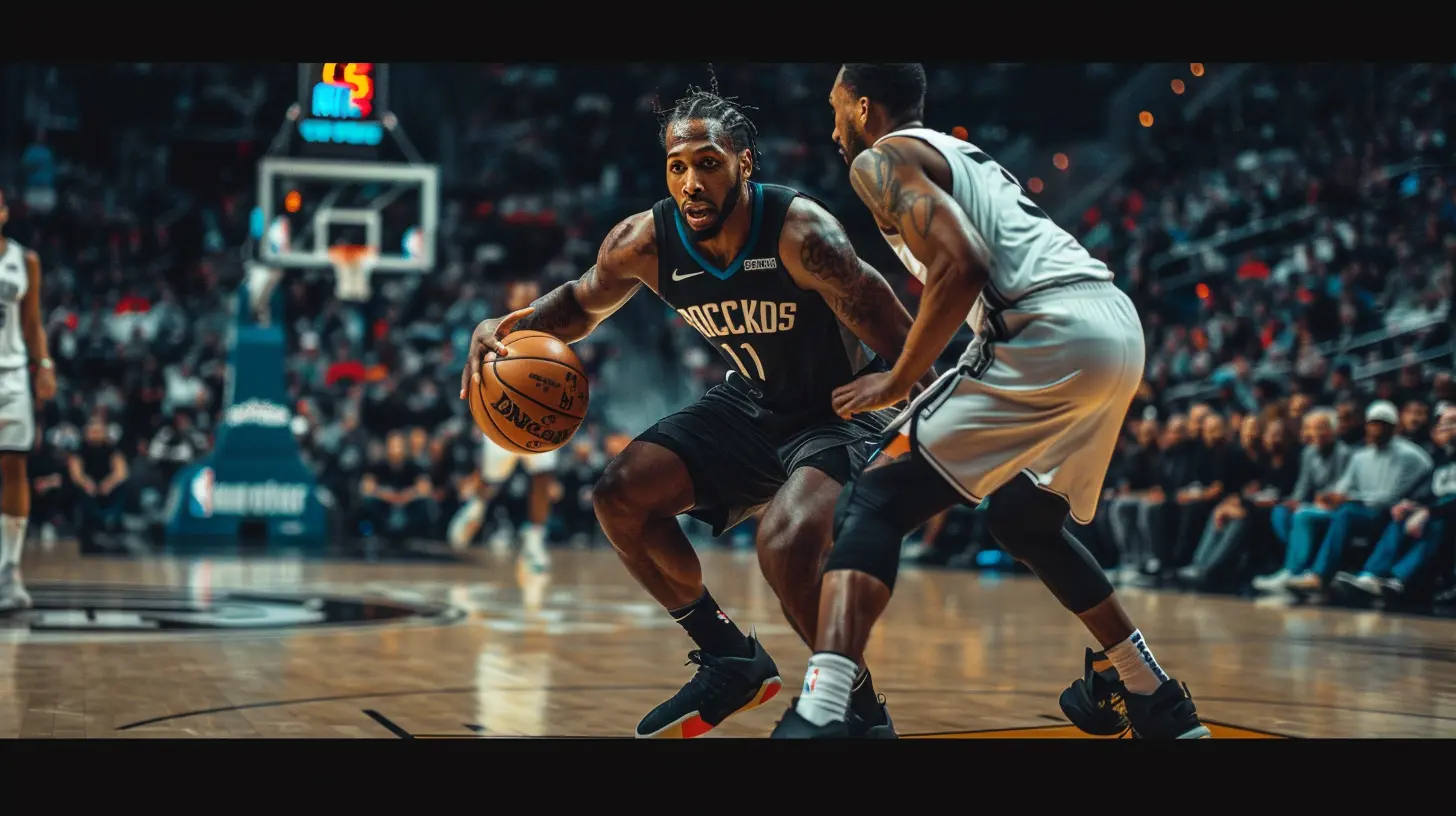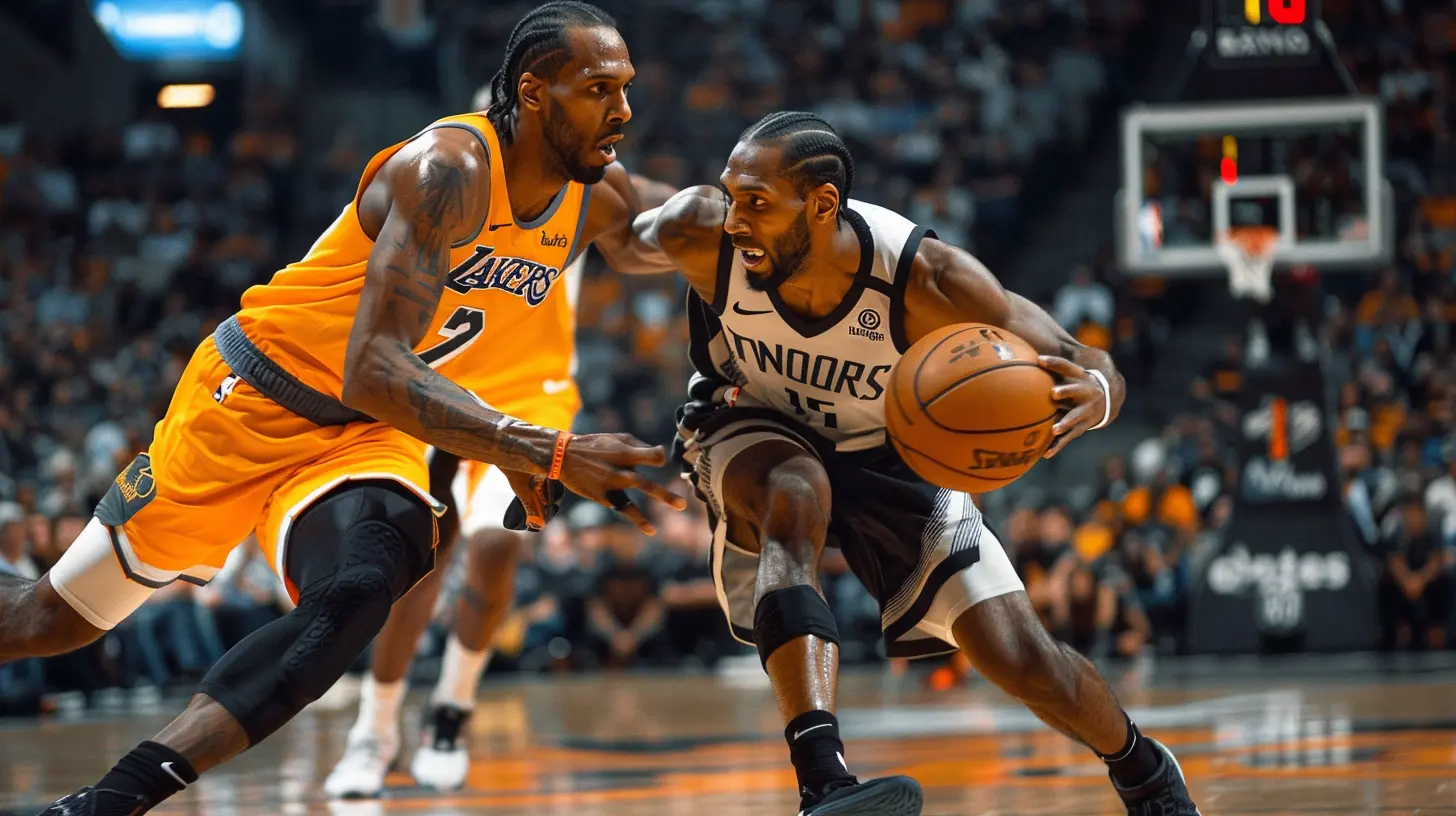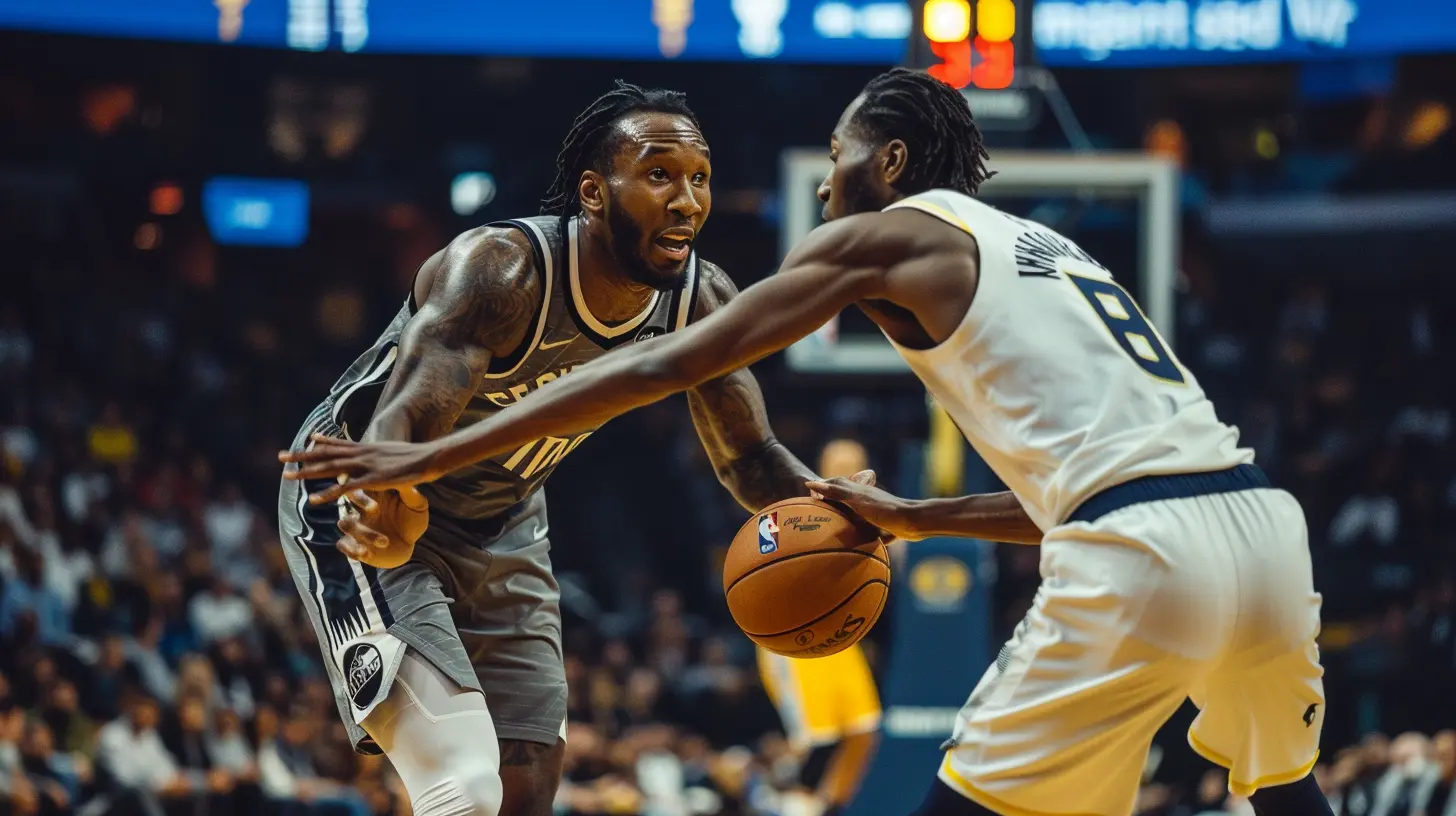Understanding Defensive Rotations in Basketball
28 September 2025
Defense wins championships. You've probably heard that phrase a hundred times. But what separates a good defensive team from an elite one? It’s not just hustle, effort, or individual lockdown ability—it’s defensive rotations.
Defensive rotations are the backbone of a strong team defense, ensuring that no offensive player gets an easy shot. Whether you're a coach, player, or a die-hard fan, understanding defensive rotations can give you a deeper appreciation of the game.
So, let’s break it down in a way that makes sense without the confusing jargon! 
What Are Defensive Rotations?
Simply put, defensive rotations are the movements players make to cover for each other when an offensive player beats their defender. They help maintain defensive integrity by filling in gaps and limiting easy scoring opportunities.Think of it as a safety net—when one defender gets beaten off the dribble, another steps in to help. But that creates an open man somewhere else, so a third defender slides over, and so on. It’s like a chain reaction, and when done correctly, it makes scoring incredibly difficult for the offense. 
Why Are Defensive Rotations So Important?
Without proper rotations, defensive breakdowns become inevitable. A single mistake can lead to an open three-pointer, an easy dunk, or an uncontested layup.Great teams don’t just rely on one-on-one defense; they move as a unit. Defensive rotations:
- Prevent wide-open shots
- Create turnovers by forcing bad passes
- Ensure defensive balance and prevent easy fast breaks
- Force the offense into tough, contested shots
If you’ve ever watched a top-tier defensive team like the Boston Celtics or the Miami Heat, you’ll notice how quickly and seamlessly they rotate. That’s not by accident—it’s a system. 
The Basic Principles of Defensive Rotations
Let’s simplify this: Rotations are all about help, recover, and communicate.1. Help Defense
When the opposing player beats their defender off the dribble, a teammate must slide over to stop the drive. This is called help defense.However, helping alone isn’t enough—because once a defender helps, they are leaving their own assignment open. That’s where the next step comes in.
2. Recovering and Rotating
Once the help defender steps in, everyone else must shift to cover open players.For example, if the center steps up to stop a driving guard, another defender rotates to cover the now-open big man near the basket. It’s a constant cycle of sliding and covering.
The key? No ball-watching. Defenders must stay aware of their assignments while helping their teammates.
3. Communication is Key
Defense isn’t just about physical effort; it’s about talking. Players must constantly communicate screens, switches, and rotations. A loud, talkative defense is often a strong one.If defenders don’t talk, confusion sets in, leading to wide-open shots and miscommunications. Ever seen two defenders run to the same shooter while another player stands completely unguarded? That’s what happens when there’s no communication. 
Common Defensive Rotations in Basketball
Now that we've covered the basics, let’s get into some common defensive rotations teams use:1. The Help-and-Recover Rotation
This is the most fundamental rotation. When a defender gets beaten, a teammate provides help, while the others rotate to cover the open players.Example: A point guard drives past their defender— the center steps up to contest, and the weak-side wing rotates to cover the open big man.
2. Baseline Drive Rotations
When an offensive player drives baseline, the defense must collapse and rotate correctly. The weak-side defender—the one farthest from the ball—often has to slide over to cut off passing lanes.If done incorrectly, it results in easy corner three-pointers, which are among the highest-percentage shots in the game.
3. Pick-and-Roll Rotations
Defending the pick-and-roll is all about proper rotations. Depending on the defensive strategy (like switching, hedging, or dropping), defenders must rotate accordingly to stop penetration while preventing easy kick-out passes.Failure to rotate properly against a good pick-and-roll team (think Steph Curry & Draymond Green) is a recipe for disaster.
4. Closeout Rotations
After a rotation, defenders often find themselves scrambling to contest shooters. This is called a closeout, and it should be done under control—too aggressive, and the shooter can pump fake and blow by you; too passive, and they’ll knock down an easy shot.Common Mistakes in Defensive Rotations (And How to Fix Them)
Even the best teams make mistakes. But fixing these issues separates good defenses from great ones. Let’s go over some of the biggest errors:❌ Over-Helping & Leaving Shooters Wide Open
One of the biggest mistakes is helping too much and leaving deadly shooters wide open.👉 Fix: Disciplined help defense—help just enough to stop penetration but recover quickly to your man.
❌ Slow or Late Rotations
If one player is late on a rotation, the entire defensive structure collapses.👉 Fix: Keep a bent-knees stance and stay ready to move at all times. Good defensive footwork is essential.
❌ Miscommunication
If defenders don’t talk, there will be breakdowns—two players might chase the ball, leaving someone unguarded.👉 Fix: Constant communication. Yell out “switch,” “help,” or “rotate” loudly and clearly.
How to Practice Defensive Rotations
If you’re a player looking to improve your team’s rotations, here are a few drills that can help:1. Shell Drill
The standard defensive rotation drill. Players move as a unit, practicing help-and-recover situations in a controlled environment.2. Scramble Drill
Coaches place defenders in an out-of-position scenario, forcing them to rotate quickly and contest shots. This helps simulate real-game situations.3. Closeout Drill
Players work on sprinting to shooters and contesting without fouling—crucial for effective rotations.Final Thoughts
Defensive rotations might not always make the highlight reel, but they’re at the heart of every great defense. When executed properly, they turn an average team into a defensive powerhouse.So whether you're a player looking to improve, a coach developing a system, or just a fan wanting to understand the game on a deeper level, mastering defensive rotations will change the way you see basketball.
Now, next time you watch a game, keep an eye on how teams rotate—because that’s where the real magic happens!
all images in this post were generated using AI tools
Category:
TacticsAuthor:

Nelson Bryant
Discussion
rate this article
1 comments
Drift McNeil
Great article! Understanding defensive rotations is crucial for any basketball fan. The clarity you provided on positioning and communication really highlights how teamwork can transform a game. Thanks for breaking it down so effectively for us!
October 7, 2025 at 11:11 AM

Nelson Bryant
Thank you for your kind words! I'm glad the article helped clarify the importance of defensive rotations and teamwork in basketball.


